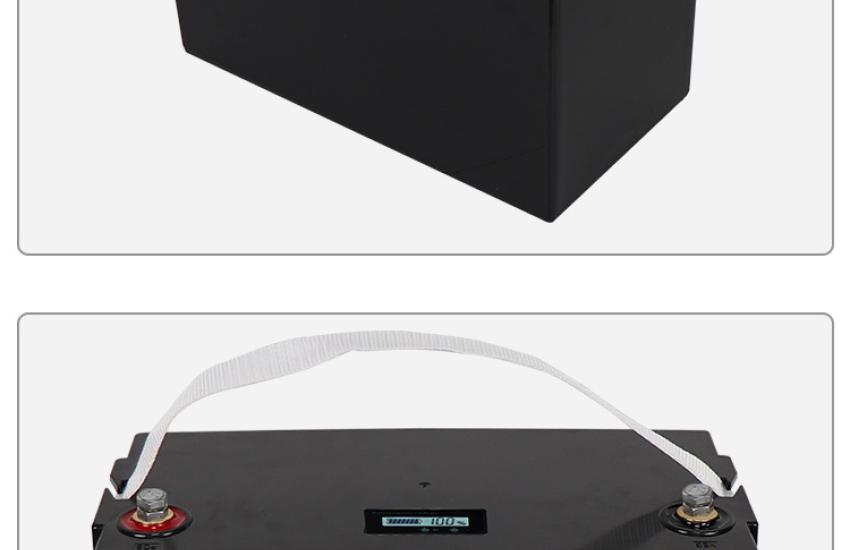What is the difference between lithium iron phosphate battery and blade battery
The blade battery is a lithium iron phosphate battery. Blade batteries have proven they can pass the rigors of the needle prick test, while ternary batteries cannot. Therefore, lithium iron phosphate batteries are safer batteries than ternary batteries.
Although there has been news of solid-state batteries recently, there are still quite a few difficulties to be solved for solid-state batteries, and there is still a long way to go before they can be mass-produced and applied to new energy vehicles.
The current mainstream of power batteries is still ternary batteries and lithium iron phosphate batteries. In the past period of time, lithium iron phosphate batteries have been in the limelight, and more and more new energy passenger vehicles have switched from ternary batteries to lithium iron phosphate batteries.
This article looks at the difference between ternary batteries and lithium iron phosphate batteries from five perspectives, including safety, energy density, low-temperature discharge, charging efficiency, and cycle life.
1. The safety blade battery is a lithium iron phosphate battery. Blade batteries have proven they can pass the rigors of the needle prick test, while ternary batteries cannot. Therefore, lithium iron phosphate batteries are safer batteries than ternary batteries.
In addition, the thermal stability of the lithium iron phosphate cathode material itself is much better than that of ternary lithium. It has extremely high stability within 500 degrees Celsius, and thermal runaway occurs when it exceeds 800 degrees Celsius. In addition, even if thermal runaway occurs, Lithium iron phosphate batteries also release heat very slowly and do not release oxygen when they decompose, reducing the risk of fire.
In contrast, ternary lithium batteries begin to dissolve at around 300 degrees Celsius. In the event of spontaneous combustion of new energy vehicles, it is true that ternary lithium battery models occupy a larger proportion.

Although the blade battery developed by BYD has improved the recombination efficiency of the battery cell and the volumetric energy density has increased by up to 50%, this is a structural change, and the single energy density of the lithium iron phosphate battery has not improved.
3. Compared with low temperature discharge, at minus 20 degrees Celsius, ternary lithium batteries have obvious advantages compared with lithium iron phosphate batteries.




